The framework of Govt spending right now focusses more on increasing consumption and demand instead of reducing the impact of a fall in demand
The neo-Keynesian pressure on the Union Government to spend more and more and generate purchasing power among the largest segment of the Indian populace has been counteracted by a strong monetarist lending policy. The economic gap between the people who need cash and wage support and those who take loan to run their businesses is so wide across India that a monetarist policy can hardly overturn the situation of falling demand. A perceptual illusion about a rise in demand for small cars, pharmaceutical drugs and online sale of several consumer products no doubt raised consumption indices with the unlock phases of the economy but it could not offset the fall of demand in food, milk and cereal markets. The rise in consumption spurred by lending activity is limited to specific sectors, while larger demand still remains dependent on a rise in income and employment.
This brings us to two parallel streams of lending activity by banks and other financial institutions and generation of income and wages by larger sectors of production and distribution. The seeming disjunction between the two reflects a certain kind of weakness in the overall framing of economic stimulus package and other policies to revive the economy. Market-directed moves of expanding the credit market by the RBI and the Government, irrespective of the fiscal deficit of all kinds like revenue deficit, GST shortfall, non-availability of revised estimate of funds for critical healthcare and education, are a kind of provisioning that RBI earns through various financial instruments.
The expenditure policy is getting determined by instant availability of funds, for which the RBI is taken to be the most resourceful institution, re-fuelling the Government over the last few years. This presents a paradoxical situation of fund crunch, austerity and internal borrowings on the one hand and credit and lending activity to generate a large part of fiscal expenses on the other. The tax exemptions granted to the rich and the corporates by the Modi government capture the gross reduction in tax revenue, which lead to higher public debt in relation to the gross domestic product (GDP). In effect, credit expansion in the financial sector is risked against shortfall in revenue generation, which as a policy measure, further contracts targetted Government expenditure supposed to counter the falling demand.
This perpetual imbalance between monetary and the fiscal sides leaves the Government with very little policy options except the so-called God’s hand. If Atmanirbhar Bharat is taken into account, the Government’s spending as assistance towards MSME and agriculture cannot generate sustainable trade and employment as the most important product market remains sluggish. The local chain of markets for agri and MSME products is still to develop into a continuous supply chain, for which the local governments need to have sizeable interventions. This brings one to the role of State Governments in generating demand activity, which again is dependent on MNREGA, developmental work and building up a vibrant human capital. Homeward migration during COVID lockdown placed an added responsibility of finding productive work for at least four crore returnees, who are still struggling.
The bleak picture does not deter economists from producing their own variety of green shoots of economic theory. In a recent piece, Kaushik Basu argued for revival of the Indian economy through IT, outsourcing of digital economy, higher education, all of which ironically lack any labour-linking technological innovation. Seemingly the demand side is taken to be a suo moto available thing by Basu. In contrast, economists Anu Abraham and Mohd Imran Khan in their paper—Covid-19: How long can consumption be sustained in lockdown?—had shown that nearly 33 crore poor people cannot sustain consumption-to-income ratio at a satisfactory level and can at most sustain themselves for six to seven weeks. Combining Basu and Abraham and Khan, one gets a rather contrarian picture of growth in the service industry versus a total deceleration in basic income-generating sectors, which monetarist interventions cannot alter. This does not address the disequilibrium between cash flow, capital formation and demand generation at the levels of macro-economics or meta theory. One interesting way of looking at this knowledge gap is what Economics Nobel prize winner Robert J. Schiller considered as creation of a mainframe narrative to drive growth in an economy. In the case of the American economy, borrowing from medical sciences, Schiller considered a trending curve as an “art of narrative” by which an economy develops certain demands and succeeds in generating money. He further showed the role of a variety of narratives in sustaining macro-economy and most notably an epidemiological narrative that goes viral, in which income is the most contagious element that resembles the hump-shaped epidemiological models. For example, the distress sale of foreign securities in the Indian stock market due to the pandemic, resulting in outflow of capital, when combined with fiscal deficit due to the stimulus package, looks just like a COVID-synchronised model of economic losses that Schiller had predicted as an “epidemic of fear.”
India’s highly priced US treasury holdings of $ 162.7 billion at two per cent with equally huge foreign currency-based loans worth $105 billion from the World Bank at 9.5 per cent result in a massive loss of Rs 50,000 crore per annum from India’s coffers. Combined with short selling of bonds and securities, India’s attempt to hold foreign government securities has resulted in a cost worth a million crore in the capital account, leading to a challenging trend of capital account deficits and current account surpluses. Capital account deficits worth Rs 139 crore in 2020 show a trend of excessive financial outflow while current account surplus to the tune of 0.1 per cent of the GDP shows sharp fall in import as well as export due to recessionary conditions. The monetary management by adjustment of rates and control on money market by the RBI is not able to bring sustainability in the balance of payment. This is how India’s balance of payment looks more like a rising epidemiological curve that shows no sign of receding. The demand management through Atmanirbhar Bharat or the “Made in India” narrative cannot match the pandemic-induced fall in demand.
The other narrative of self-reliance in key sectors like space and defence production has nothing much to do with capital outflow or demand contraction. A futurist narrative of companies off-shoring them to India in digital technologies with a positive impact on job creation gets blunted by privatisation of the ordnance industry involving substantial job losses. One-time revenue generation through selling public sector giants in contrast with past nationalisation of key industries is an impact of the pandemic hump. The rising death rates in India combined with restrictive lockdowns spawn new gaps between overburdened health infrastructure and overall fund crunch. In the absence of a plausible narrative, one could look at sustainability economics. Advocated by environmental economists like Giorgos Kallis and institutional economists like Kate Raworth, this shows how economies can sustain themselves through an equitable contraction of demand. In a Corona-hit economy, such a contraction certainly reduces pressure on natural and material resources. At the same time, it does not create a steady state economy of equilibrium between income and employment; rather it increases the bullish behaviour in stocks and securities.
Sustaining degrowth by decoupling employment and growth could be a fiscal alternative in which a contraction in demand could release an extra or reserve fund for giving cash to poor and middle classes as a “political right.” On the other side, a contraction of demand has resulted in unemployment and job loss to the tune of five million salaried employees in July alone. Altogether 1.8 crore salaried people have lost jobs since April, as stated by CMIE data. This certainly requires what degrowth theorists proposed, a universal basic income and job guarantee decoupled from economic growth. The policy framework of government spending right now focusses more on increasing consumption and demand instead of reducing the impact of a fall in demand. This can be made possible by way of distribution of resources in a socially co-operative manner. This is how we can grow the green shoots.
(The author is a political economy analyst based in Shillong)








 OpinionExpress.In
OpinionExpress.In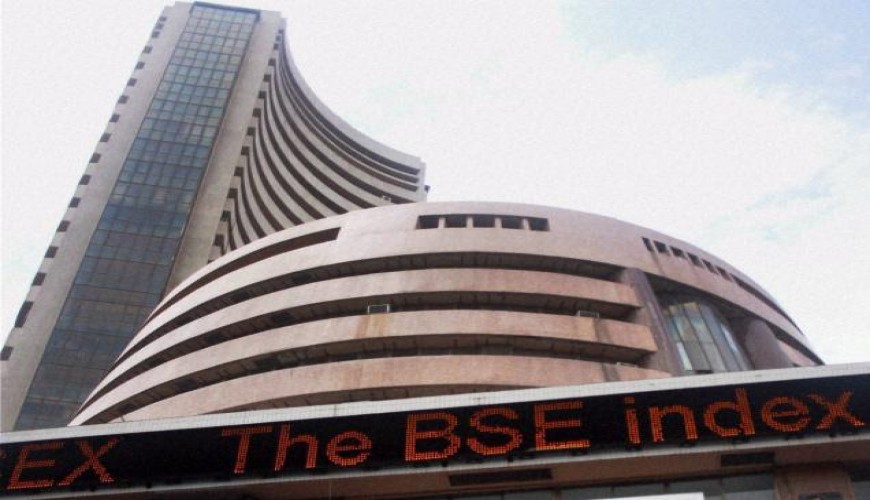


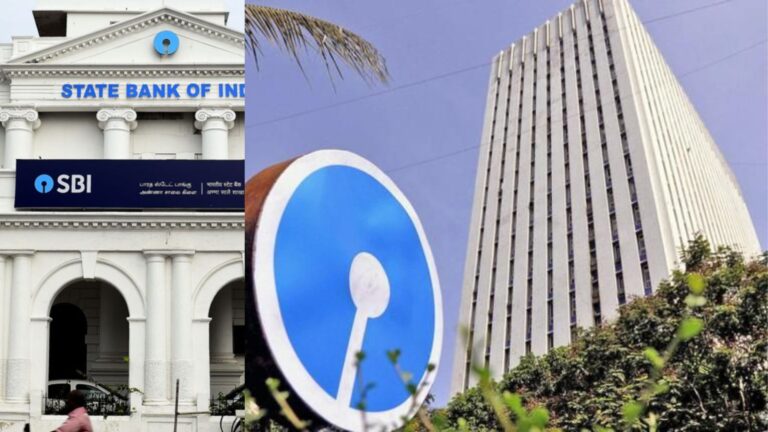

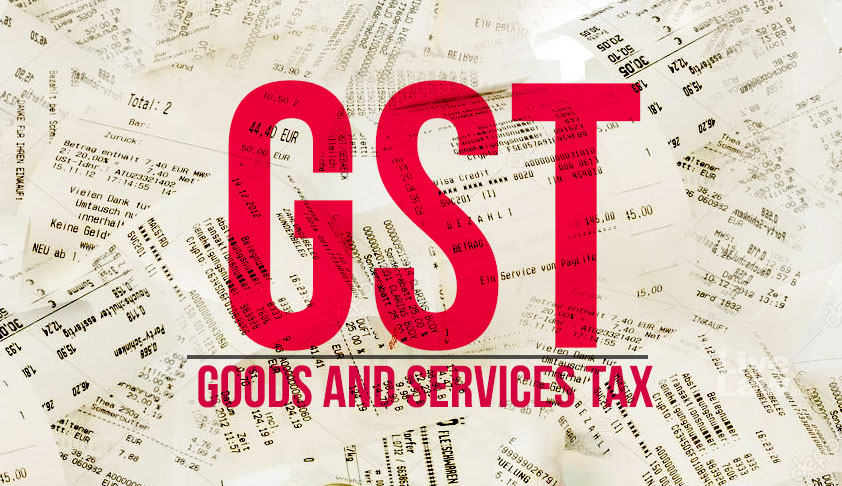
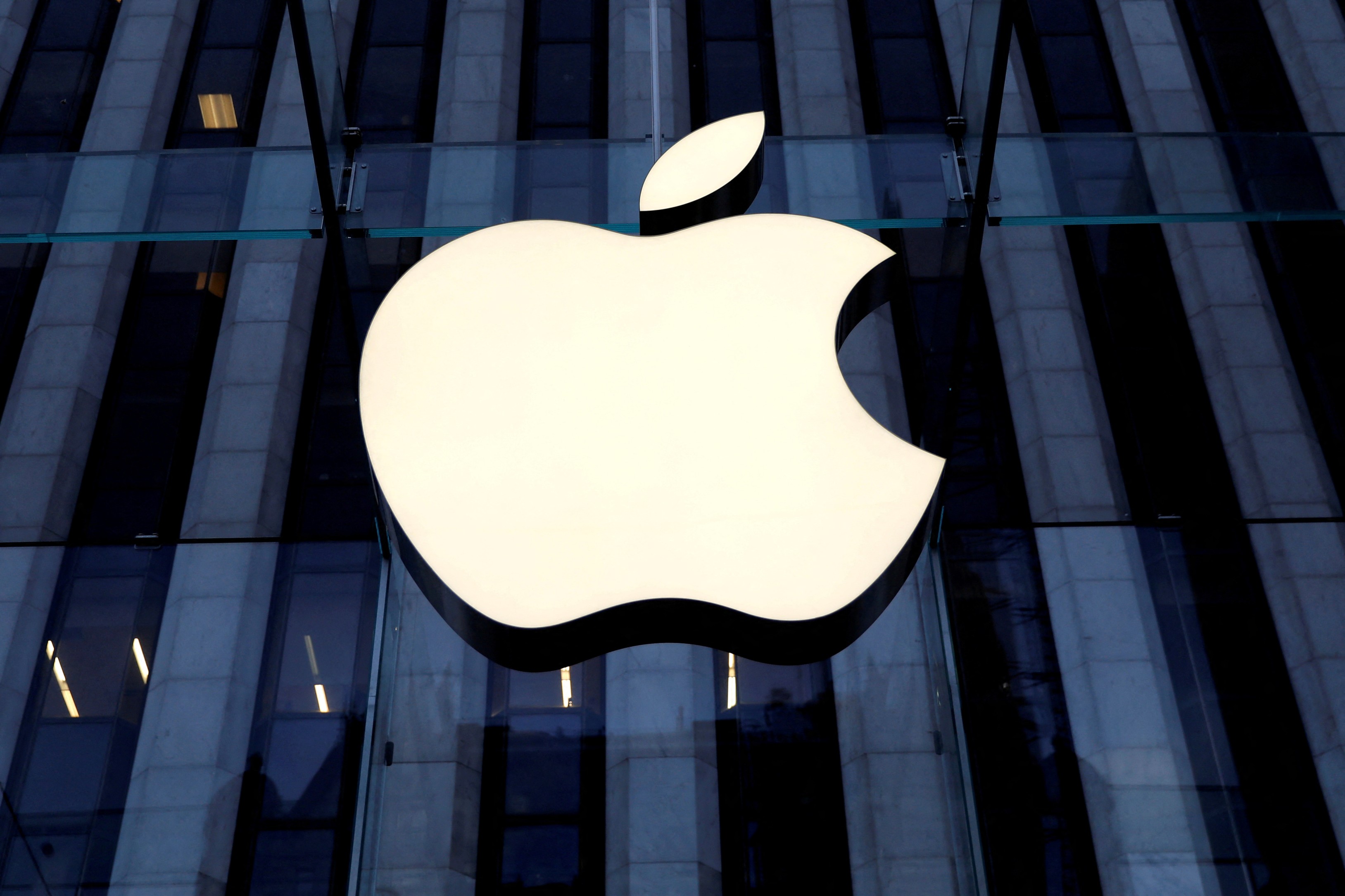

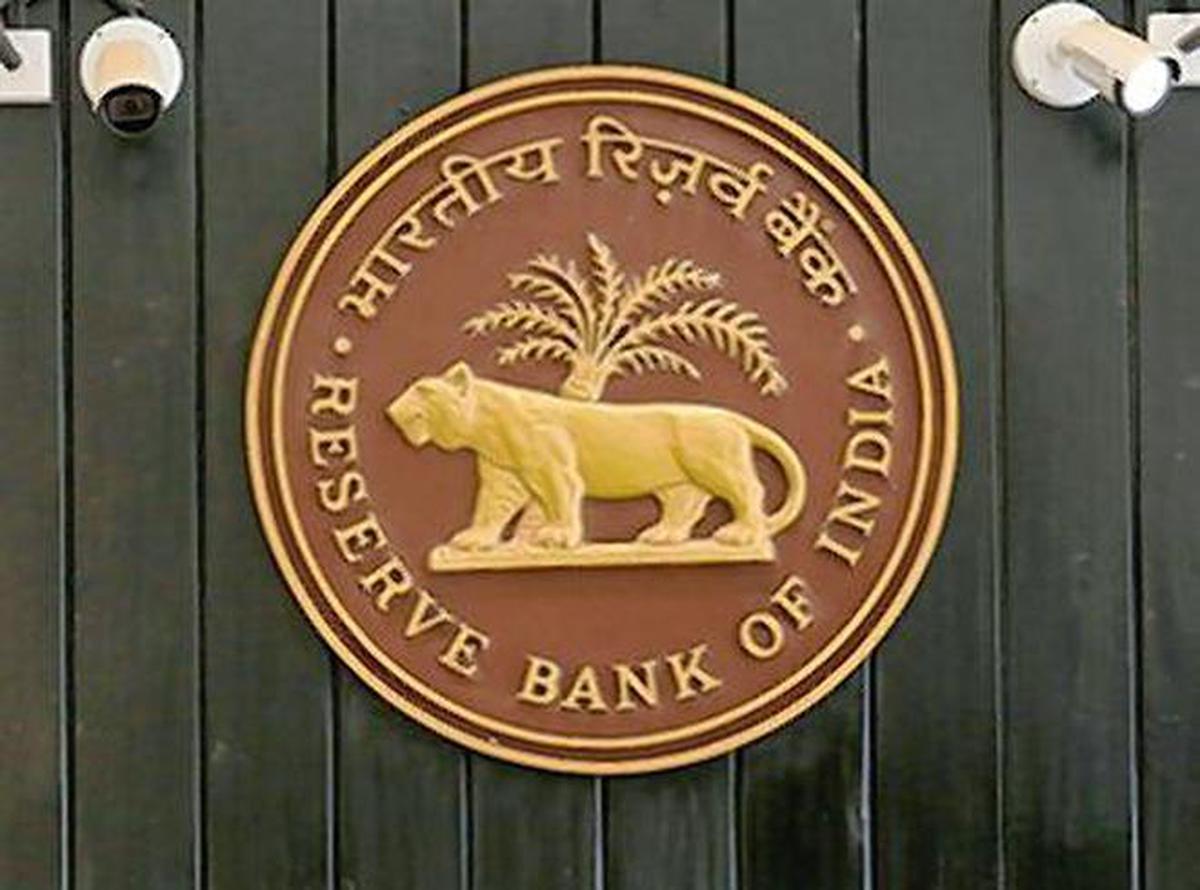






Comments (0)